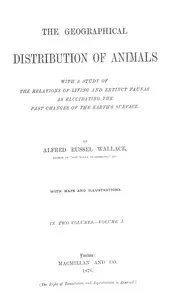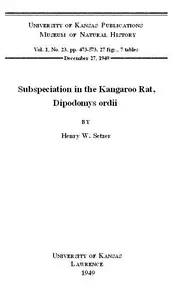"The Descent of Man and Selection in Relation to Sex, Vol. II" by Charles Darwin is a scientific exploration from the 1800s that builds upon the theory of evolution by inspecting the concept of sexual selection and its impact on the development of different species. The writing considers the differences between male and female characteristics in creatures like fish, amphibians, reptiles, birds, and mammals, noting how and why these traits have developed. The volume begins by discussing sexual selection and the unique features of fishes, amphibians, and reptiles, giving examples of mating behaviors and physical variations between males and females, like brightly colored male fish that have exciting courtship rituals compared to the duller-colored females. These differences impact how well they reproduce, showing how important female choice and male competition are.

The Descent of Man and Selection in Relation to Sex, Vol. II (1st Edition)
By Charles Darwin
Explore the captivating world where vibrant colors, elaborate mating dances, and fierce rivalries shape the destinies of species through the fascinating force of sexual selection.
Summary
About the AuthorCharles Robert Darwin was an English naturalist, geologist, and biologist, widely known for his contributions to evolutionary biology. His proposition that all species of life have descended from a common ancestor is now generally accepted and considered a fundamental scientific concept. In a joint publication with Alfred Russel Wallace, he introduced his scientific theory that this branching pattern of evolution resulted from a process he called natural selection, in which the struggle for existence has a similar effect to the artificial selection involved in selective breeding. Darwin has been described as one of the most influential figures in human history and was honoured by burial in Westminster Abbey.
Charles Robert Darwin was an English naturalist, geologist, and biologist, widely known for his contributions to evolutionary biology. His proposition that all species of life have descended from a common ancestor is now generally accepted and considered a fundamental scientific concept. In a joint publication with Alfred Russel Wallace, he introduced his scientific theory that this branching pattern of evolution resulted from a process he called natural selection, in which the struggle for existence has a similar effect to the artificial selection involved in selective breeding. Darwin has been described as one of the most influential figures in human history and was honoured by burial in Westminster Abbey.

















